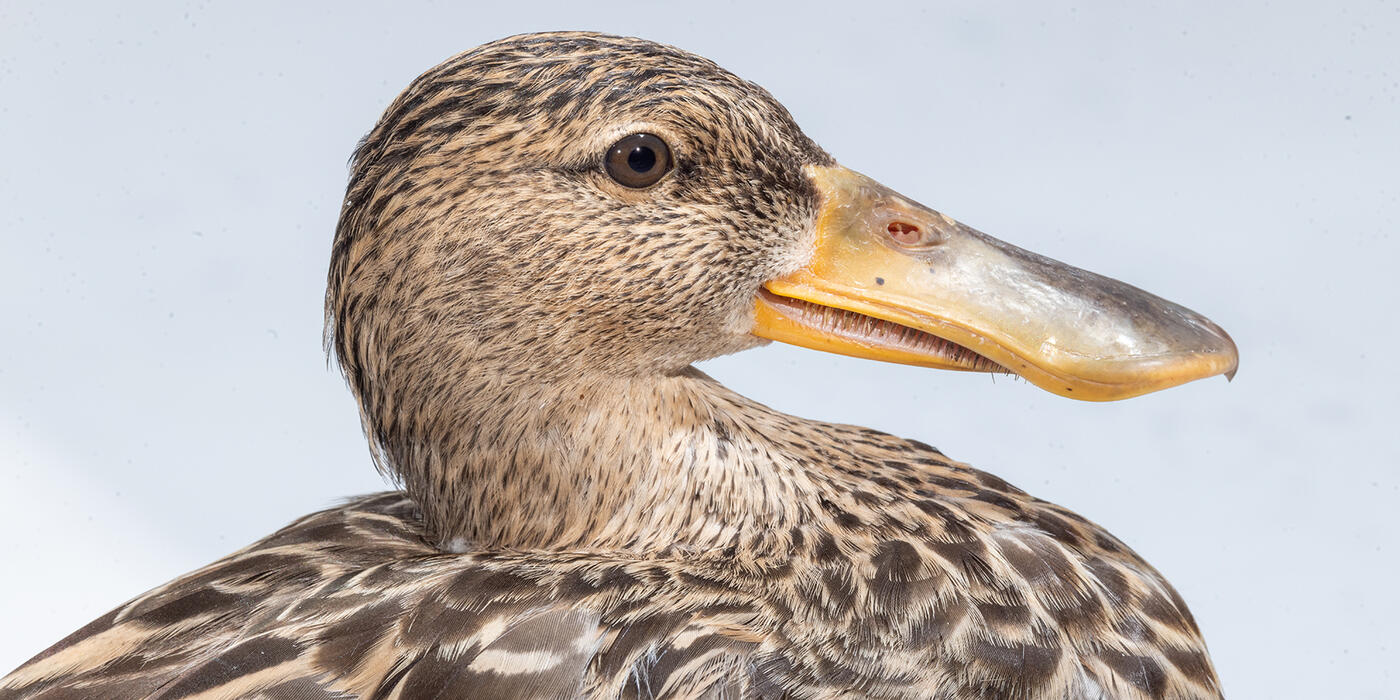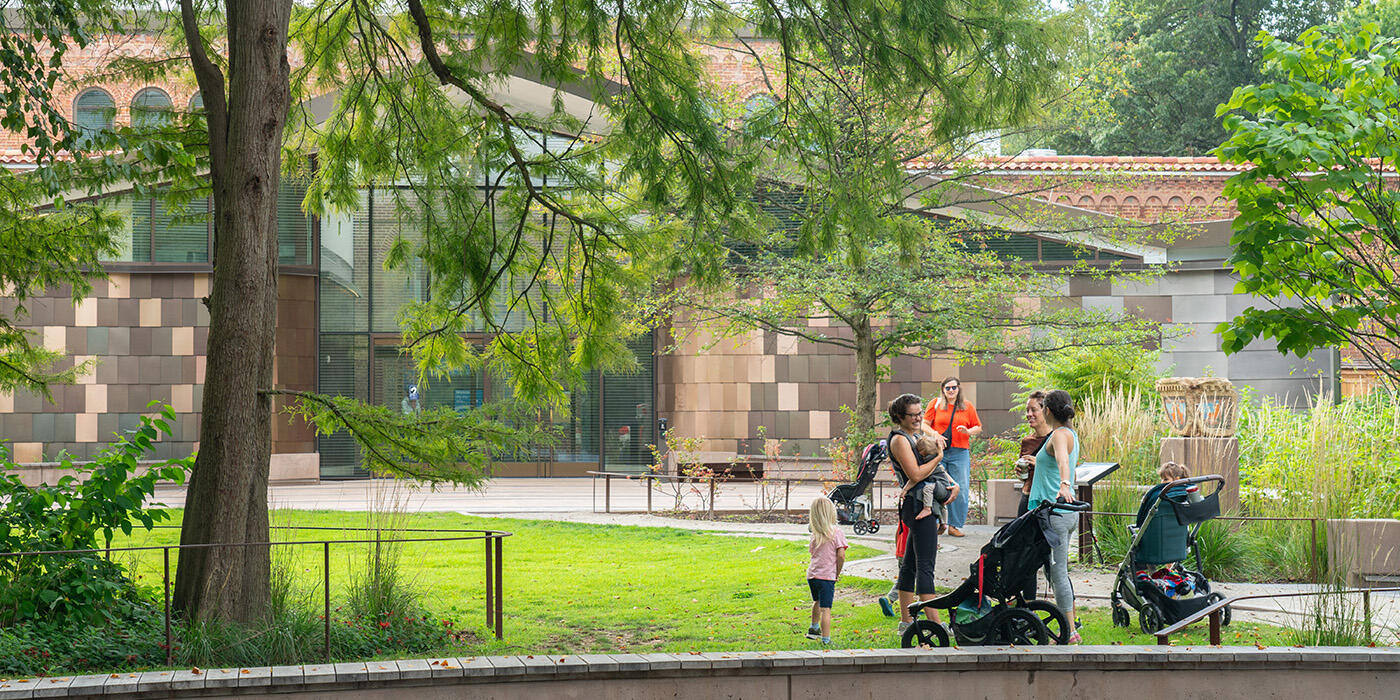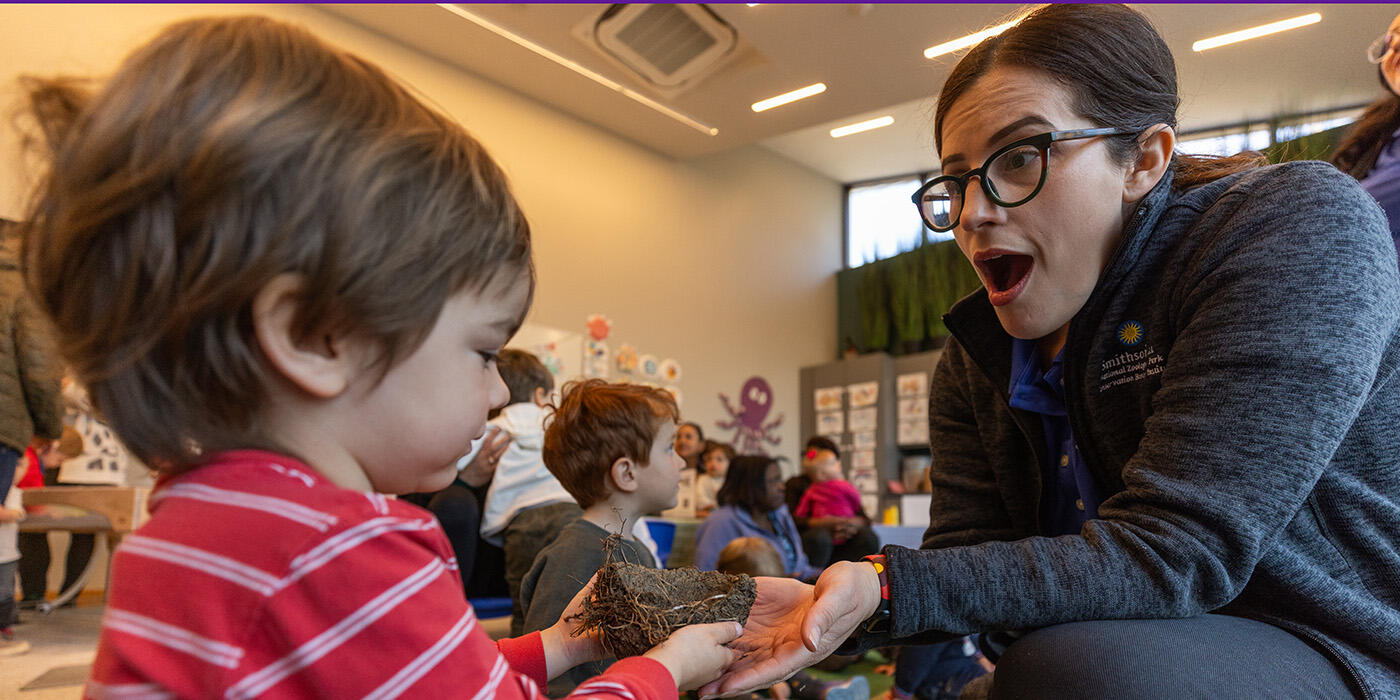Bird is the Word
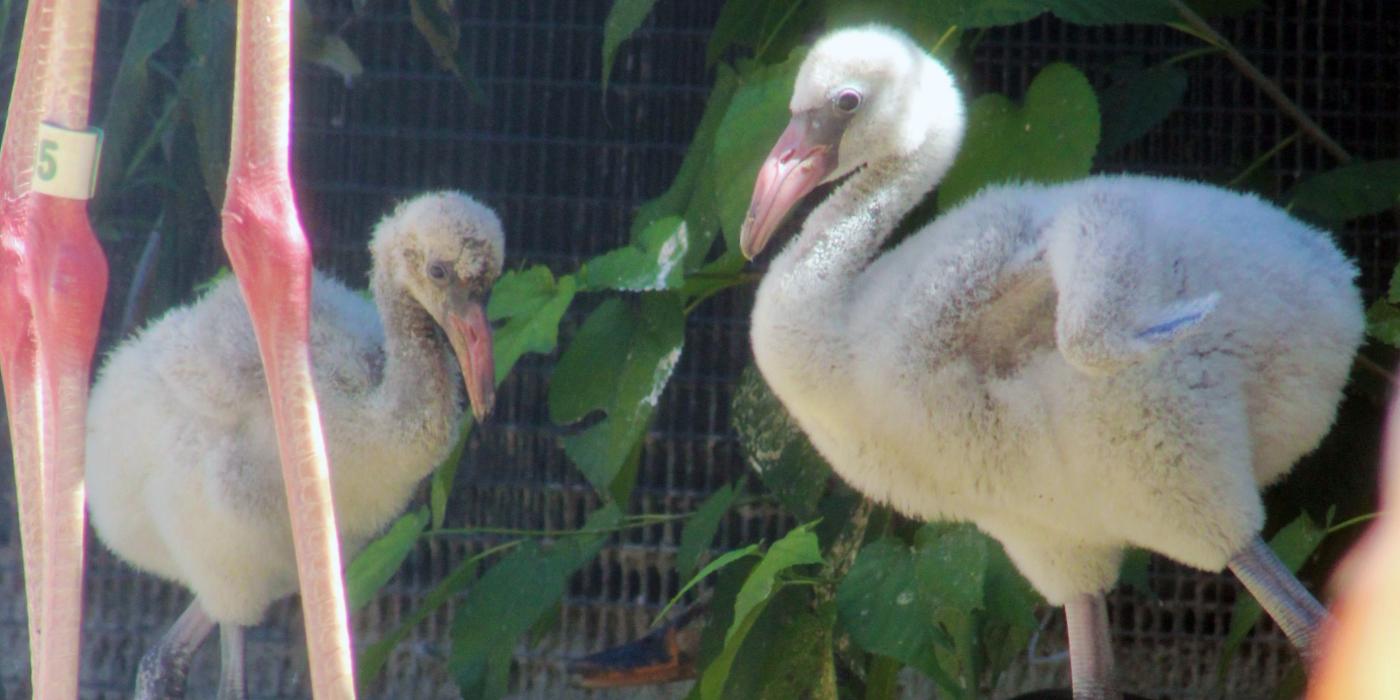
The Smithsonian’s National Zoo’s historic Bird House may be under renovation, but that has not stopped the animal care team from bringing native shorebirds, songbirds and waterfowl under their wing to establish best practices in husbandry and breeding. In the past few months, keepers celebrated many significant hatchings behind the scenes — including flamingos, wood thrush, scarlet tanagers, indigo buntings and a band-tailed pigeon — as well as the arrival of horseshoe crabs! Get the scoop from Bird House curator Sara Hallager and animal keepers Gwen Cooper, Kathy Brader and Shelby Burns.
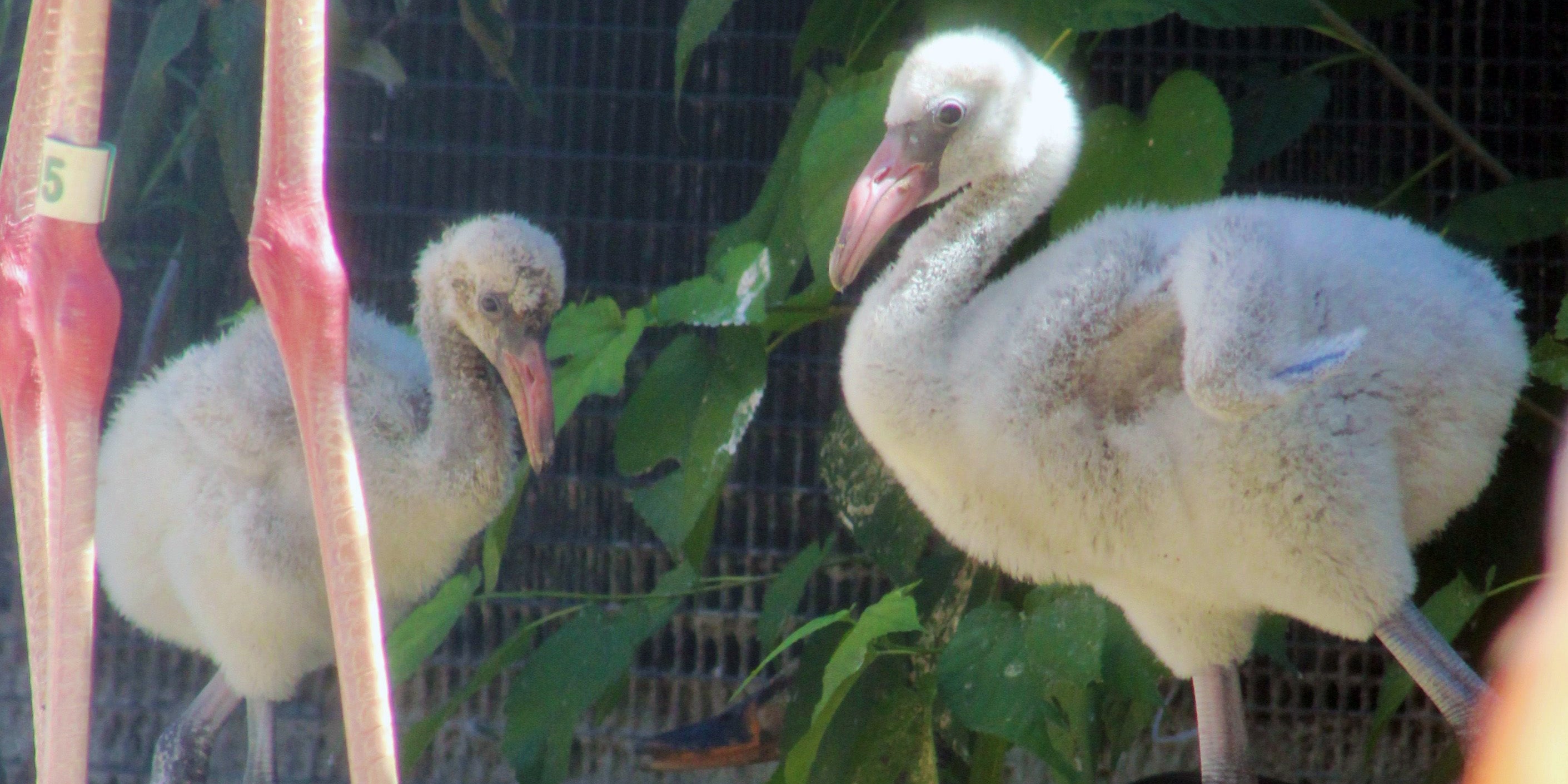
American Flamingo
“Many people only see the outward beauty of a flamingo — the sound, the color, the movement of the flock. But these birds are beautiful and smart. Everything about flamingos fascinates me, from the way they eat to the way they stand. We currently have 67 flamingoes in our flock and welcomed four chicks — three males and one female — in July.
"When the female and one of the male chicks were around 3 weeks old, we noticed that their parents we not feeding them as frequently as the others, and they would often go off by themselves. We are hand-raising them in a separate enclosure where they can see and hear the flock. Once we are confident that they are able to forage in the large pool and move with the flock, we will reintegrate them into the flock. The female has a very sweet personality and is very comfortable around people; the male tends to keep his distance from keepers, but is a good companion for her. When they are fully grown, the male will be around 5.5 feet tall and weigh about 11 pounds, and the female will be around 4 feet tall and weigh about 6 pounds.” —Gwen Cooper, animal keeper
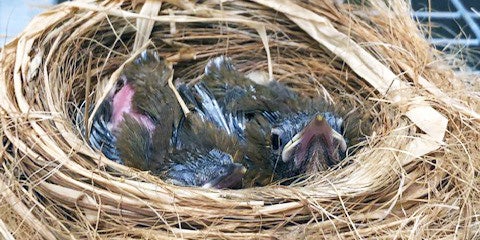
Wood Thrush
“Wood thrush are unique among songbirds because males can sing two notes at once. When our wood thrush parents chose to nest at their temporary home in the Zoo’s Science Building, it was quite a surprise! Typically, these secretive birds nest in shrubs or trees — anywhere they can conceal themselves. Interestingly, our parent pair chose to nest out on the open and atop their food stand.
"The Zoo currently has eight wood thrushes in its care, including two female chicks that hatched July 3. Their arrival marked the first successful wood thrush hatching at the Zoo, and keepers were happy to see that the parents were attentive to and protective of their daughters. Just like their parents, the chicks are quite brassy and aren’t fearful of much. Over the summer, we put a sprinkler in their enclosure for some added visual and tactile enrichment. It was a hoot to watch them run in and out of the water — just like children!” —Kathy Brader, animal keeper

Scarlet Tanager
“Male scarlet tanager sport bright red feathers during breeding season. Our male must have been very attractive to our female, because only two months after he arrived at the Zoo, she produced their first clutch! The males may be beautiful, but it is the females — which have feathers of a yellowish-brownish hue — who are the main caregivers of the chicks. The female incubates the eggs, and the male will sometimes bring her food. Once the chicks hatch, both parents feed them, and the female does the brooding as well.
"The Zoo is home to two adult pairs of scarlet tanagers, plus two chicks — a male and a female — who hatched July 14. This is the first time we have bred this species at the Zoo. The chicks seem to enjoy hanging around their parents and will perch next to them while sunning under the UVB light in their enclosure.” —Kathy Brader, animal keeper
